Sweatband. What image does your mind paint when you stumble across this word? Are you transported to a time in the 80s when women wore bright leotards and leg warmers? Well, that image will be correct, but a sweatband is much more than an 80s fashion statement.
What is a sweatband?
A sweatband is an absorbent material you wear around your head or wrist to soak up sweat while playing sports or during a workout session. They also help you stay cool and dry, so you’re not a slippery mess of work. So initially, sweatbands were made for athletes to keep sweat away as they competed.
A brief history of sweatband
Fred Perry, the modern polo shirt creator, was the first British tennis player to win all four Grand Slam (tennis events. During one of his games, he showed up with his right wrist covered in medical gauze. The gauze was to prevent sweat from flowing to the handle of his racquet—thus, decreasing his grip—and wipe off work from his brows.
Years later, Tibby Wegner, a footballer, comes to Perry with his design for the sweatband, which was made of towelling. A few collaborative tweaks later, they could create the sweatband of today.
Uses of sweatband
As I’d said earlier, sweatbands are much more than an 80s fashion statement.
Sweatband as headbands
You can wear head sweatbands to catch sweat before it falls onto your face or, worse, into your eyes (which would burn). This is especially great if you play sports or exercise a lot. Keep your bangs and hair out of your face with head sweatbands. When playing sports or exercising, your hair mustn’t get in the way. Head sweatbands are super stretchy and can effectively hold back your hair and bangs so that you don’t have to worry about distracting yourself.
Using sweatbands as headbands also helps reduce hairline acne by keeping your bangs off your forehead. Your hair constantly touching your forehead can irritate the skin, leading to breakouts. It worsens when the hair in constant contact with your forehead is coated with sweat. Just make sure to remove your head sweatband immediately after a workout and wash your face with a mild cleanser which contains salicylic acid to help reduce and eliminate forehead acne.
You can use head sweatbands as a show of support for your favourite team, as many head sweatbands have team logos. You can coordinate your headbands to match your clothes to give an added oomph to your style.

Sweatbands as wristbands
Wrist sweatbands help keep sweat away from your hands, your palm especially. Sweaty hands mess up your grip and can lead to poor performance when playing tennis, basketball, baseball or any other sport that largely depends on your hold. Even when lifting weights, a wrist sweatband proves to be a vital accessory in preventing sweat from dripping to your palms, therefore making your grip slippery, leading to accidents.
This athleisure accessory also helps protect your arms from injury. Sports like volleyball, where you repeatedly bump the ball with your exposed skin, can quickly create bruises that sting. A wrist sweatband can protect the exposed skin from scrapes and abrasion by forming a layer between the force of the ball and your skin, thus softening the blows.
Use wrist sweatbands together with head sweatbands to make an exciting fashion statement. As practical as they are, what with absorbing sweat and direct impact, they can also be a fun accessory. Coordinate your wrist and head sweatband to match your workout outfit. Say your workout clothes are black; you can add colour to them by wearing a purple wrist and head sweatband. You can even take it a step further by wearing different coloured wrist and head sweatbands, maybe a green headband to go with the purple wristbands.

What to look for when selecting a sweatband
1. Material
The material used to make your sweatband will determine just how effective it will be to you and whether it will live up to your expectations. What you expect from your sweatband will help you choose what fabric your sweatband should be.
2. 100% Cotton terrycloth sweatband
Terrycloth made from cotton does a fine job of absorbing moisture. Think of your cotton towel with raised loops. 100% cotton terrycloth sweatband effectively soaks up all the sweat that would have dripped down your face and body, keeping your face and eyes especially free from work. If you sweat a lot and frequently, a 100% cotton terrycloth material is needed. Notwithstanding, this porous nature makes it less breathable, so that heat, moisture and dirt won’t be able to escape. As a result, your skin might develop rashes, irritation and acne underneath and around your sweatband.
To overcome this disadvantage, ensure you wash them every day or as frequently as possible since they usually soak a lot of sweat. An easy way to do this is to toss them into the machine. You can add them together with the rest of your workout clothes.
3. Polyester or other moisture-wicking fabrics like rayon
Polyester or other moisture-wicking fabrics, like rayon, offer to increase ventilation. Their wicking ability allows heat, moisture and dirt to be released, unlike terrycloth. Due to this wicking factor, they aren’t quite absorbent, which means they dry faster, allowing the skin underneath to breathe. The integrity of these materials does not get easily compromised as that of terrycloth, so they last much longer. If you’re prone to acne or skin irritation due to sweat, polyester or other moisture-wicking fabrics will do fine.
4. Nylon or nylon Spandex blends
If you go through your head and wrist sweatbands faster than you go through socks to lose their elasticity, then nylon is the suitable fabric for you. Nylon or Spandex is known for its stretch and durability, as seen in most leggings. Due to its moisture-wicking properties, nylon doesn’t trap heat or moisture, nor does it trap dirt, reducing the risk of skin irritation or acne.
Though nylon isn’t as effective at wicking moisture like polyester, it is far more elastic and durable. So if the stretch is your goal, your best choice is sweatbands made of nylon. Regardless of what material your sweatbands are made from, you should wash them as frequently as possible, especially if you sweat a lot and if the material is cotton terrycloth.
5. Materials with special functions
Sweatbands with special features can be helpful depending on what you’re gunning for. Elements like reflective logos are fantastic for people who work out outdoors at night; no car accidents for you. Some come with UV protection. It would be best if you still rubbed in sunscreen; after all, your forehead isn’t the only place susceptible to skin ailments.
Anti-odour fabrics are also an option, especially if you sweat a lot and are worried about the smell. Sweatbands with silicone rubber grips will stay put no matter how much you sweat. So if you’re worried about your sweatbands slipping out of place, get one with silicone rubber rims.
Conclusion
So, as you now know, sweatbands are much more than a faded 80s fashion trend. They make an exciting and practical inclusion to your workout attire. They can be fashionable if you choose the right colours, but they also perform functions such as absorbing sweat and reducing abrasions. So, add in a sweatband or two as you enjoy your choice of sweat-inducing athleisure.
You may also like to read:
–Body Goal: Which Exercise is Best For Your Body Type?
–How To Get A Snatched Waist Come Summer 2022 With Waist Workouts
–27 High Support Sports Bras for Big Busts In 2022






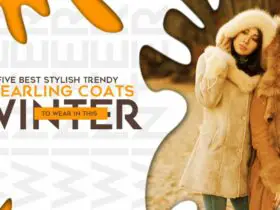




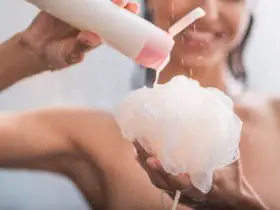

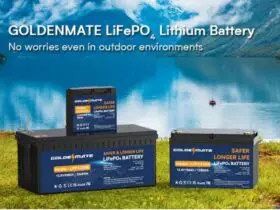
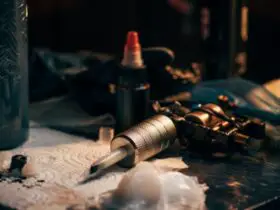



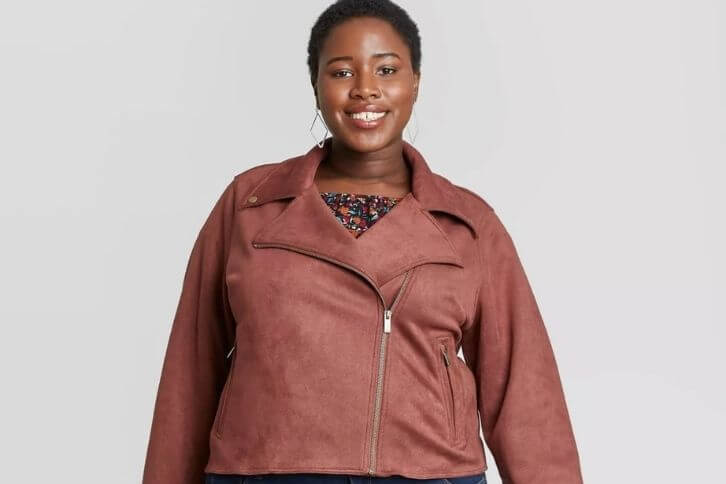
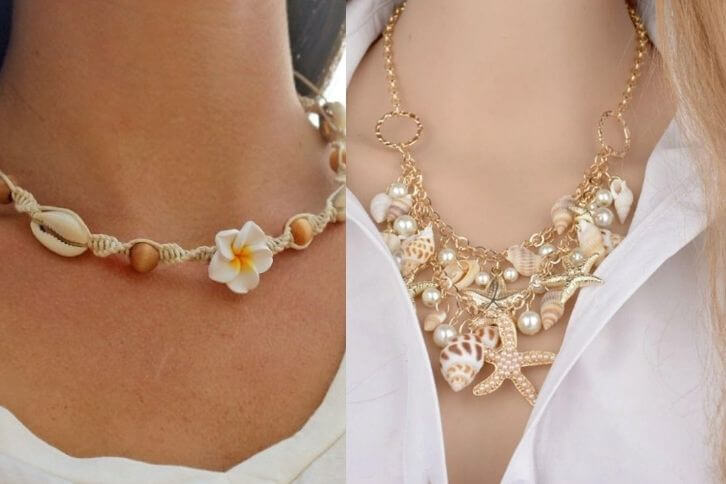
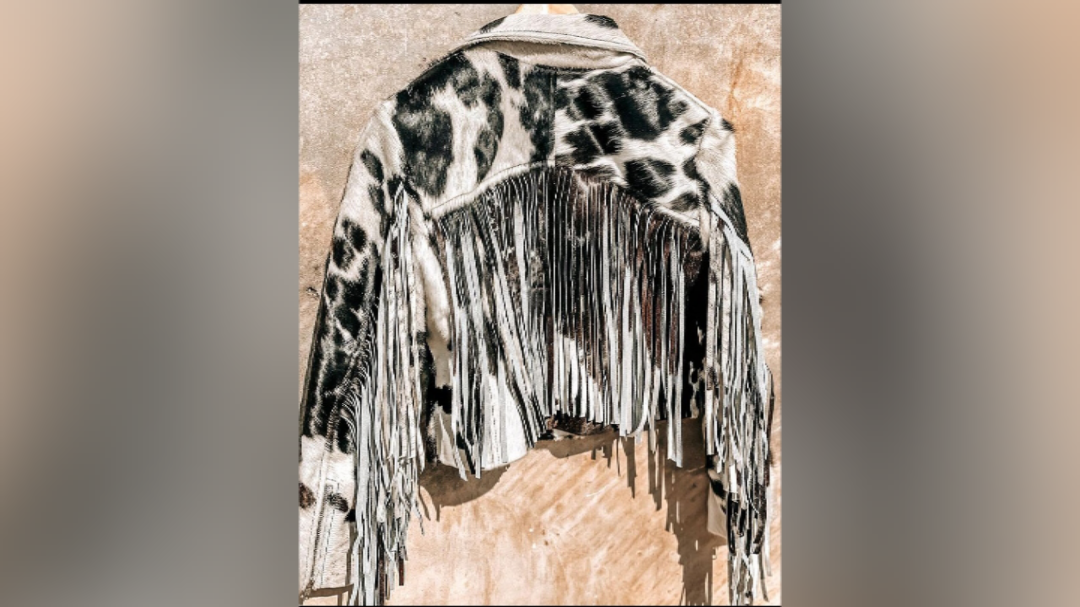
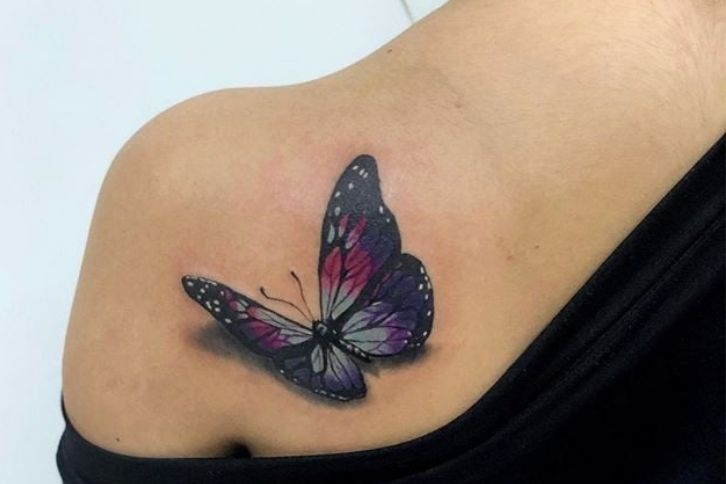
About Me
Fashion & Beauty Enthusiast
Hi, I'm Fanti. I'm a fashion, beauty, and lifestyle enthusiast, and the ultimate curves queen. Here, I share beauty, fashion, and lifestyle tips to teach, inspire, and give confidence to all women.